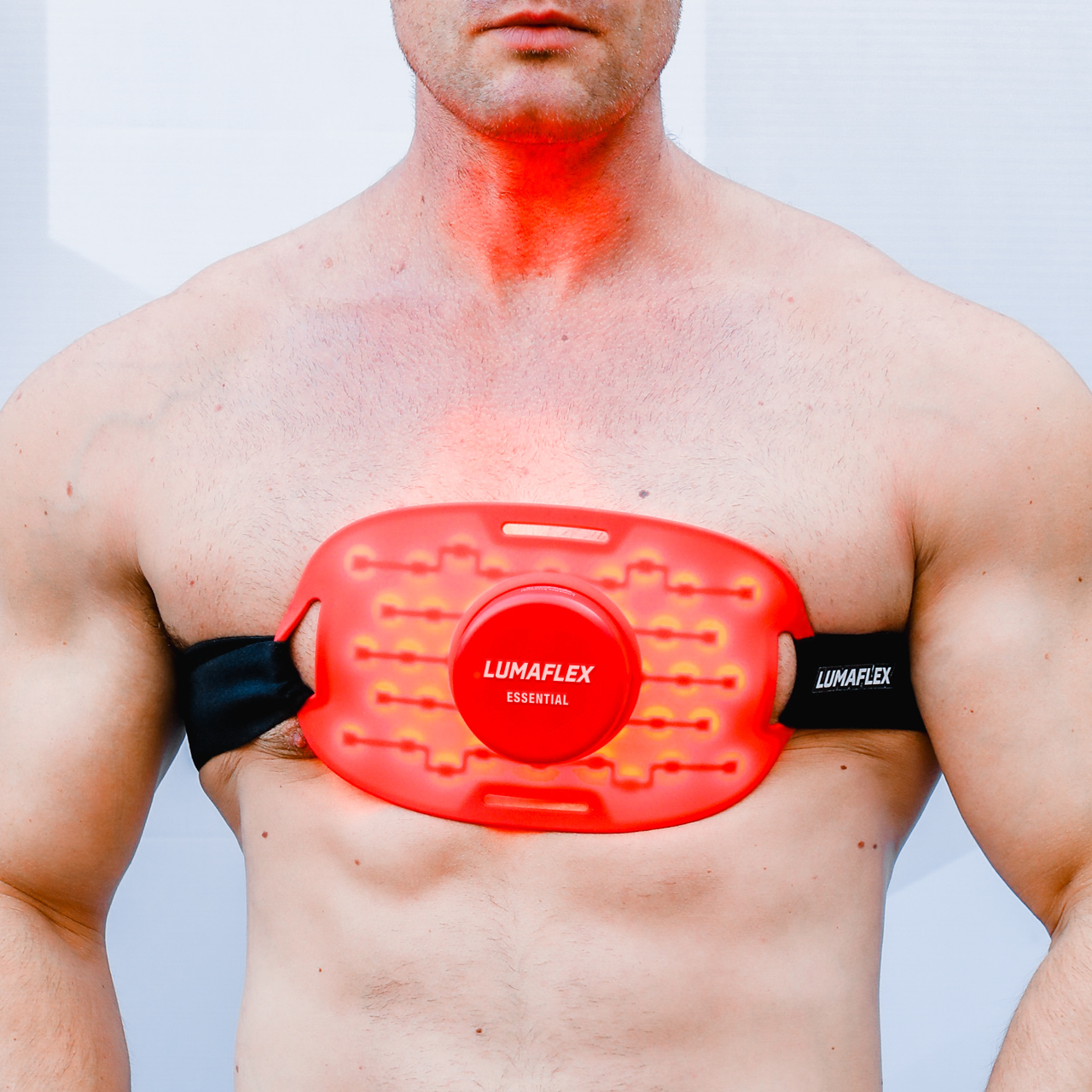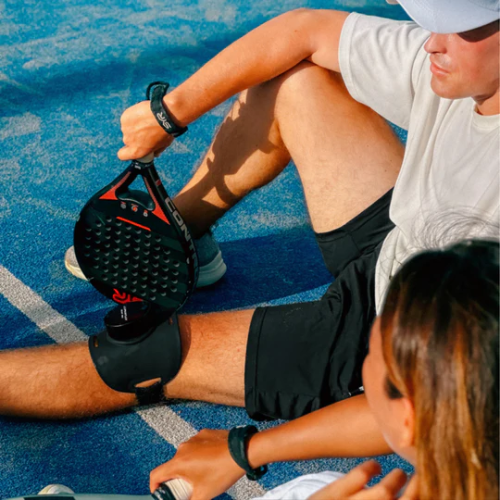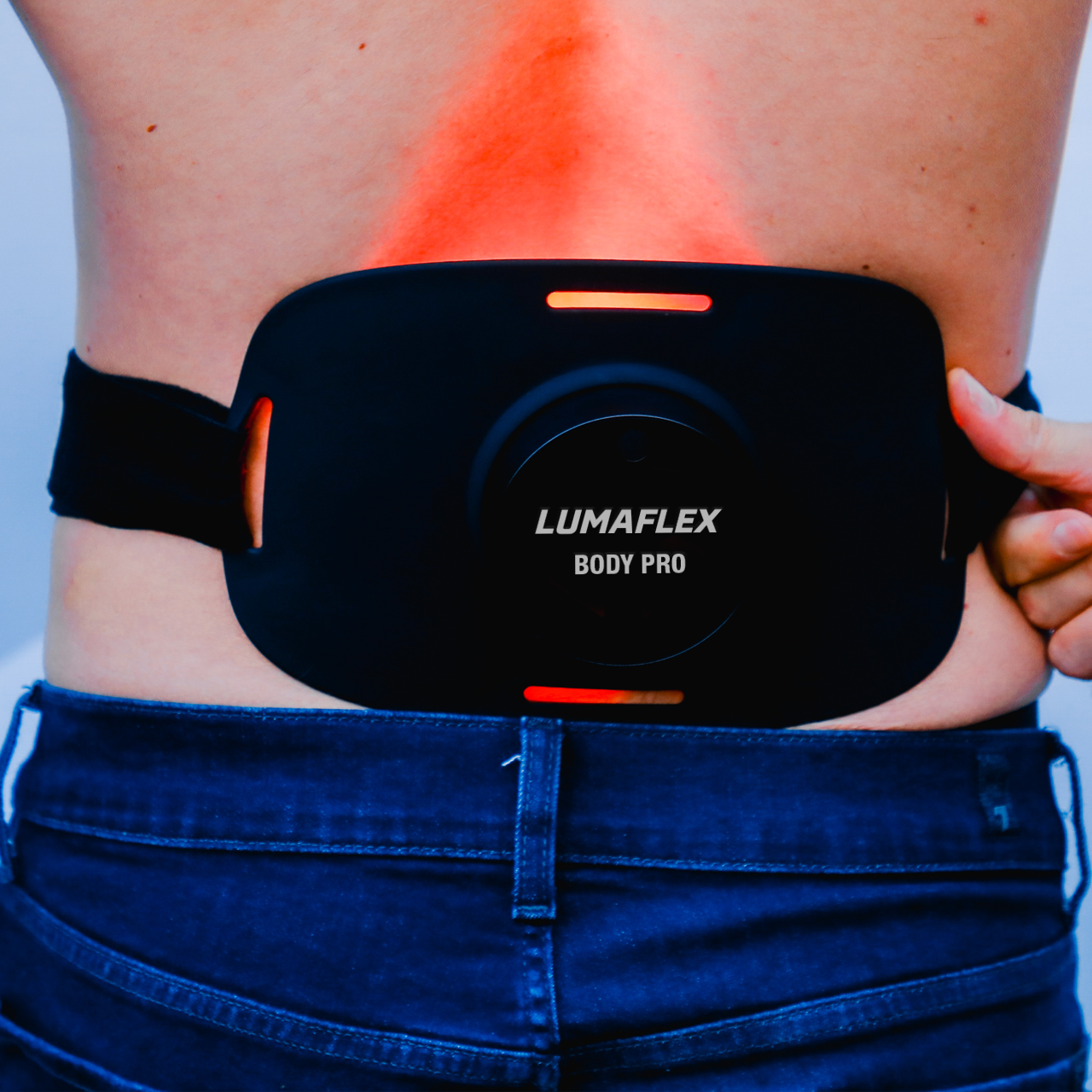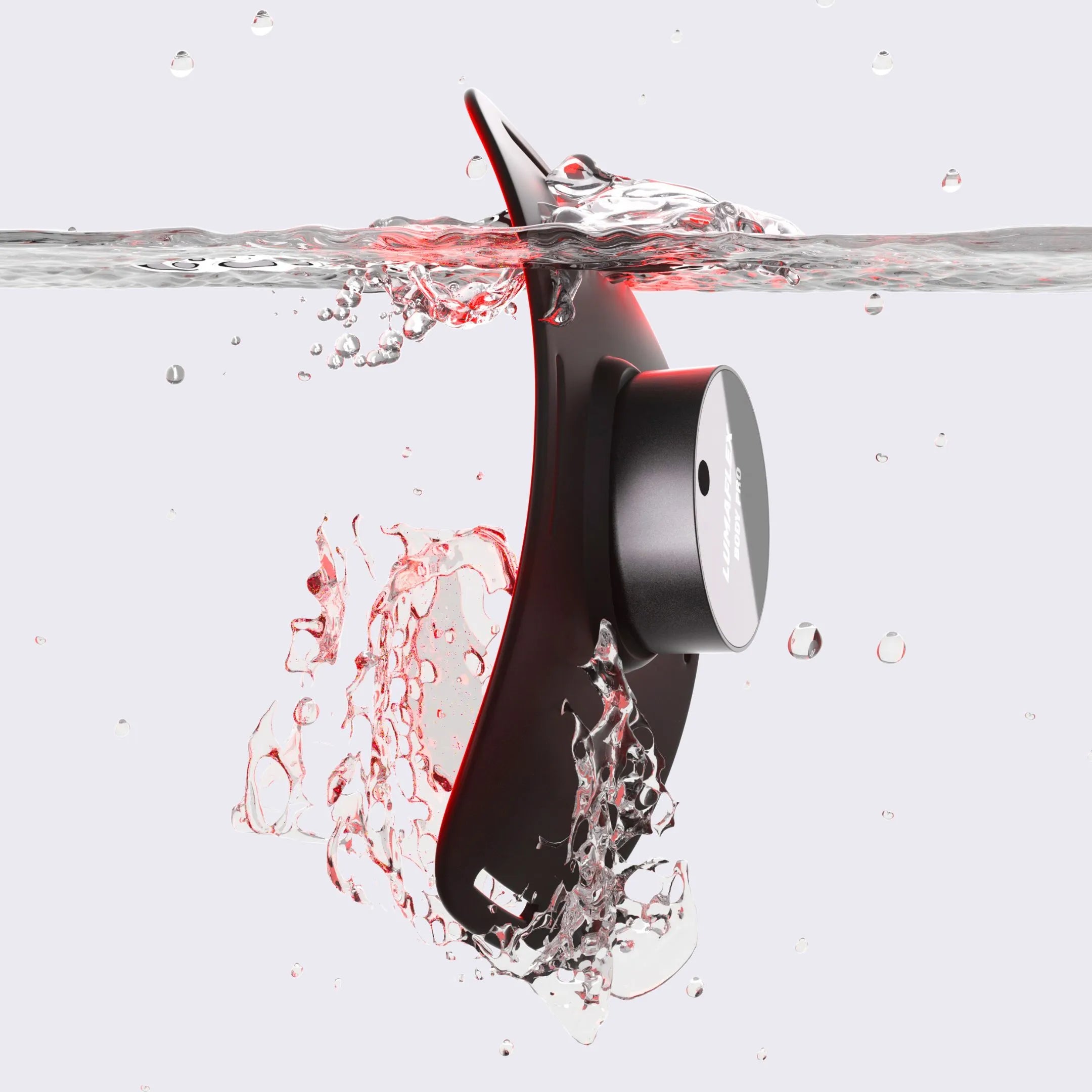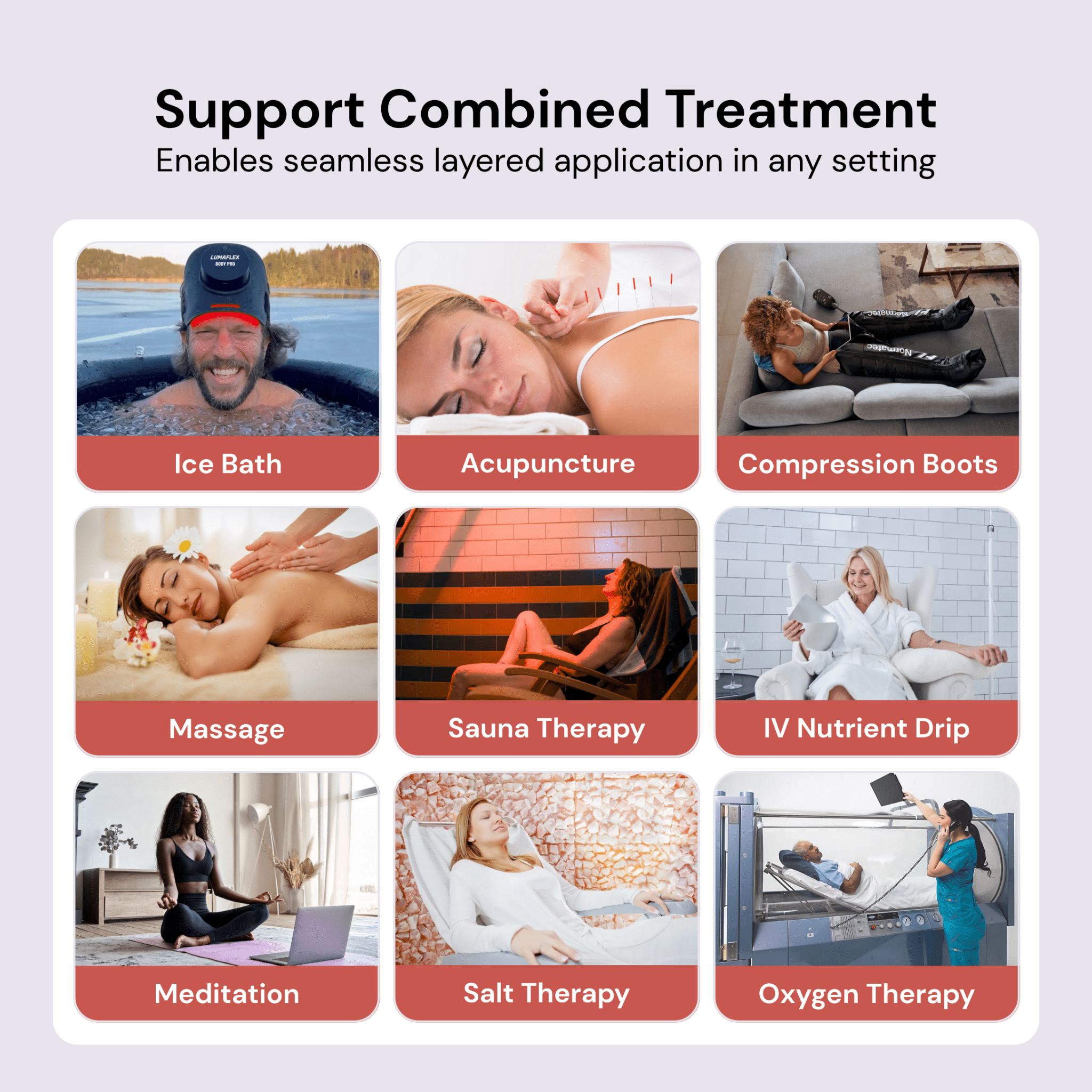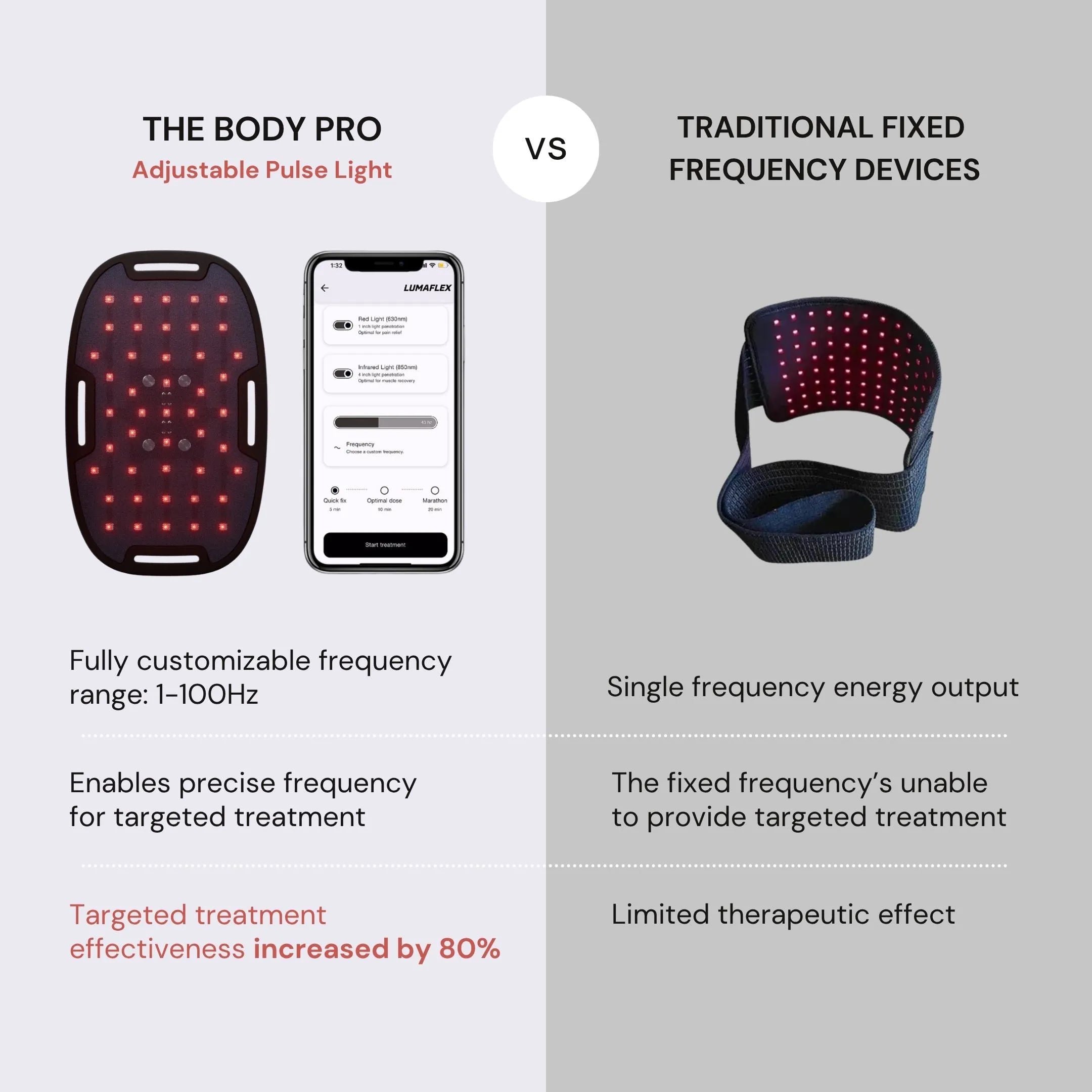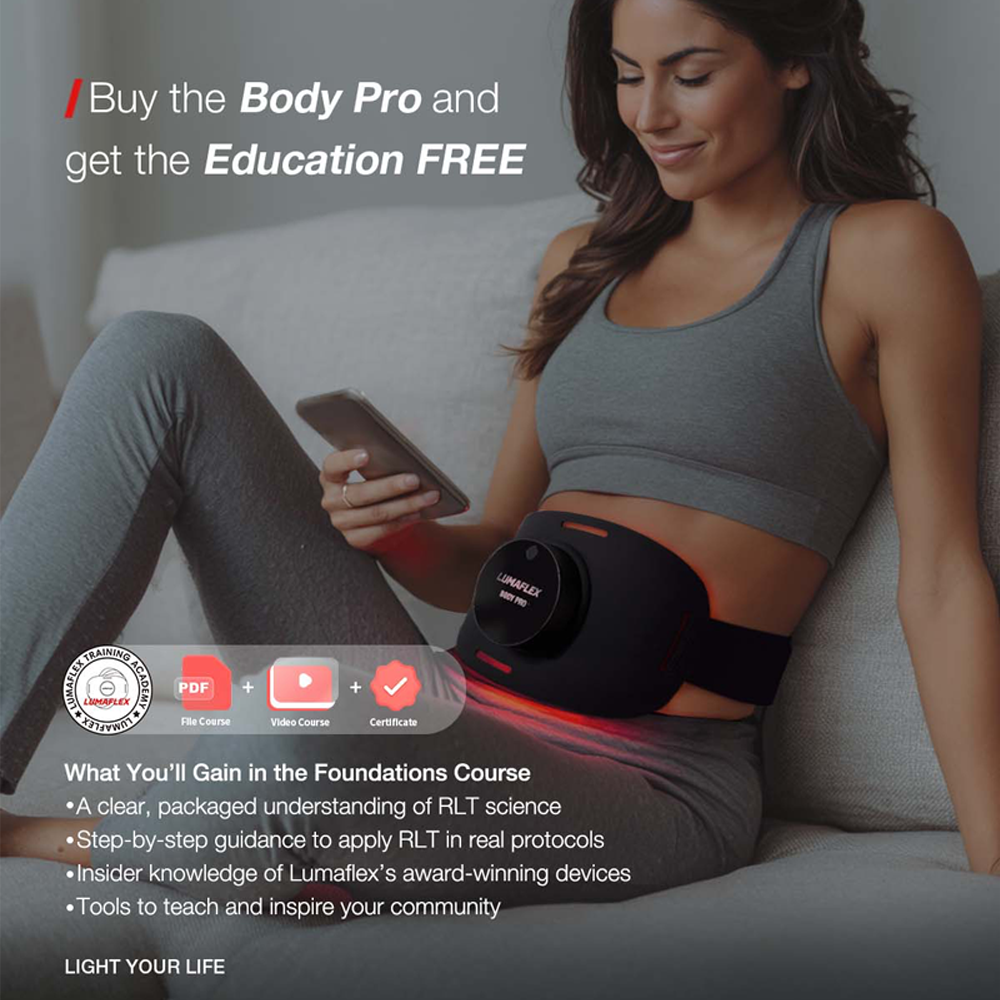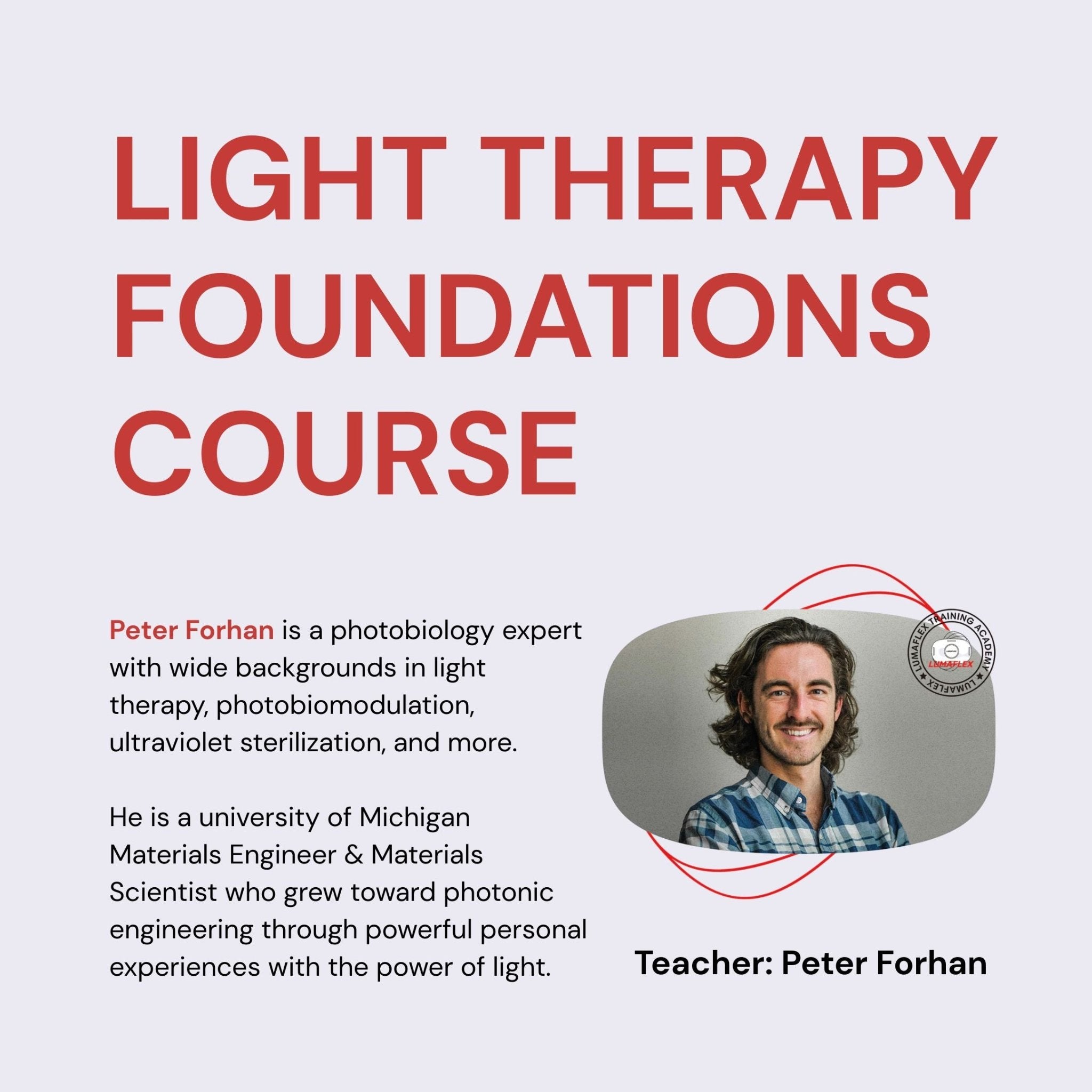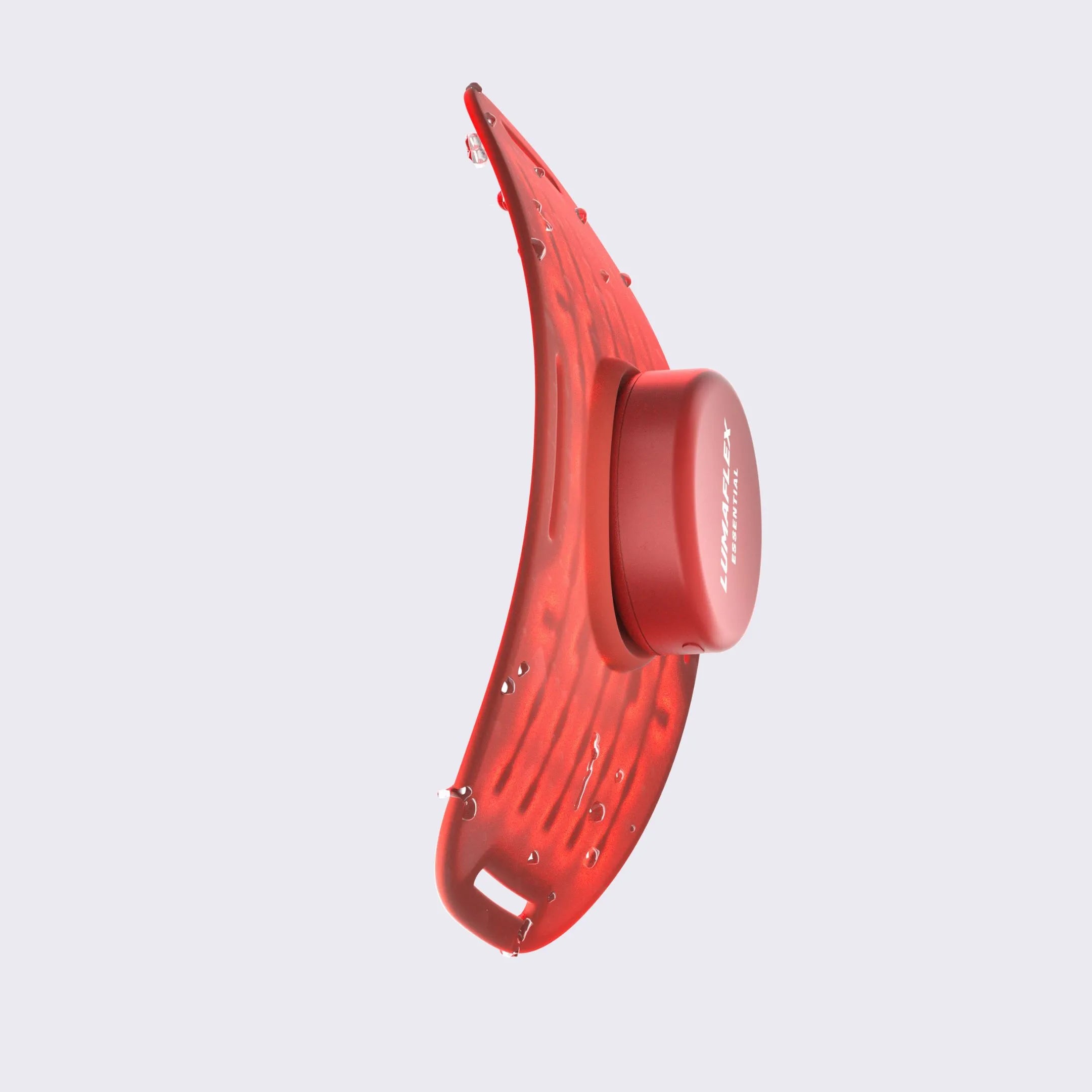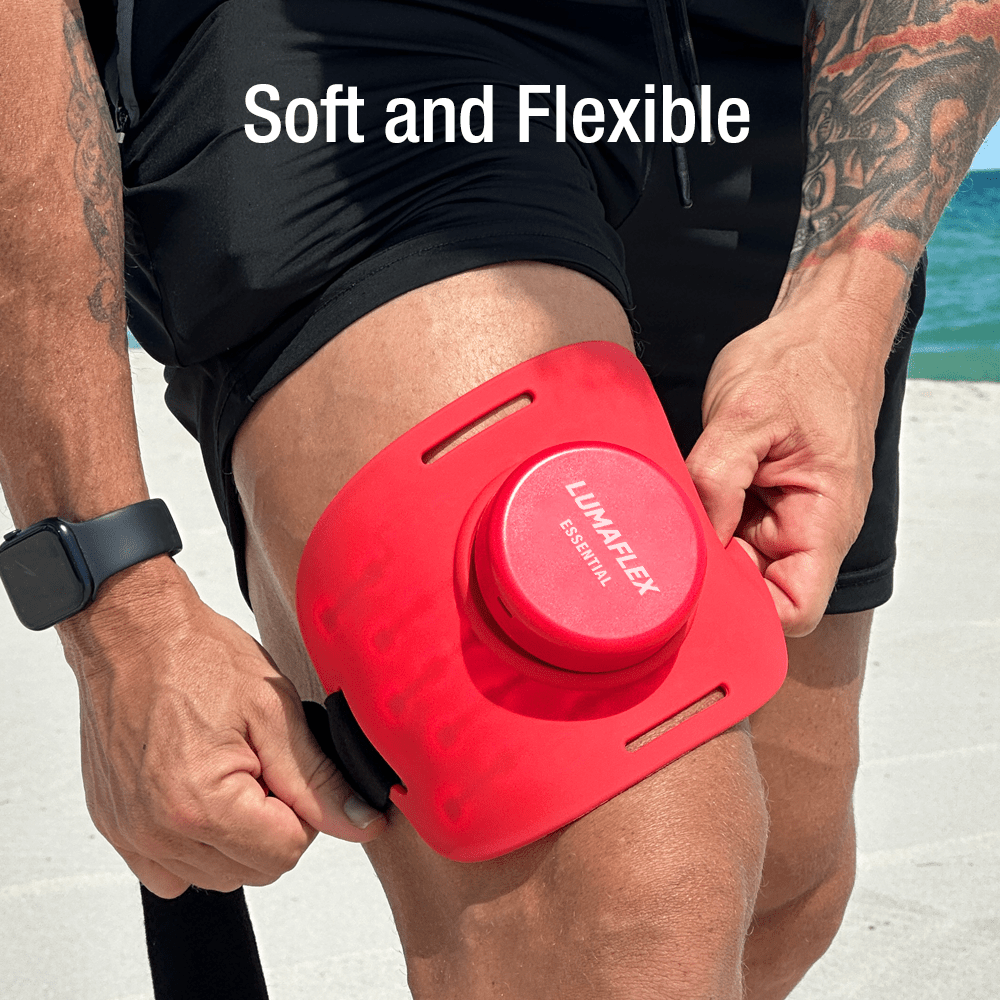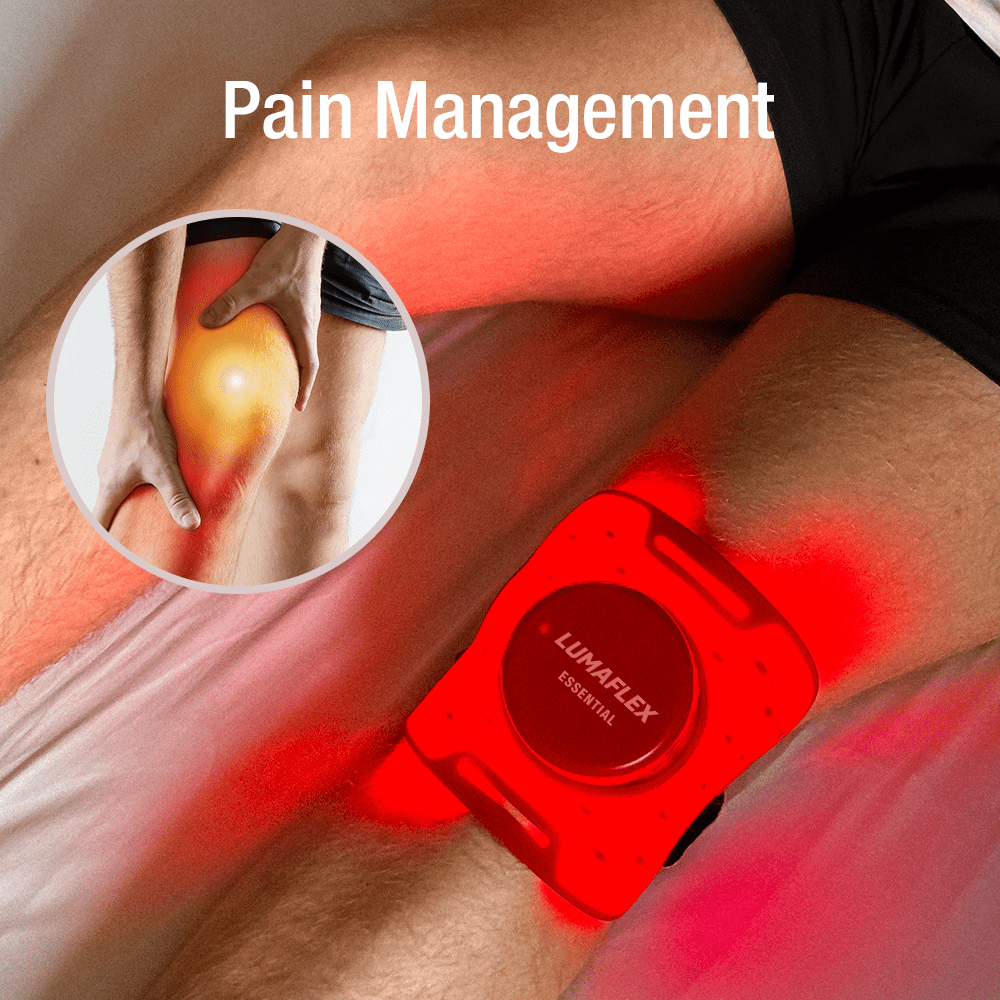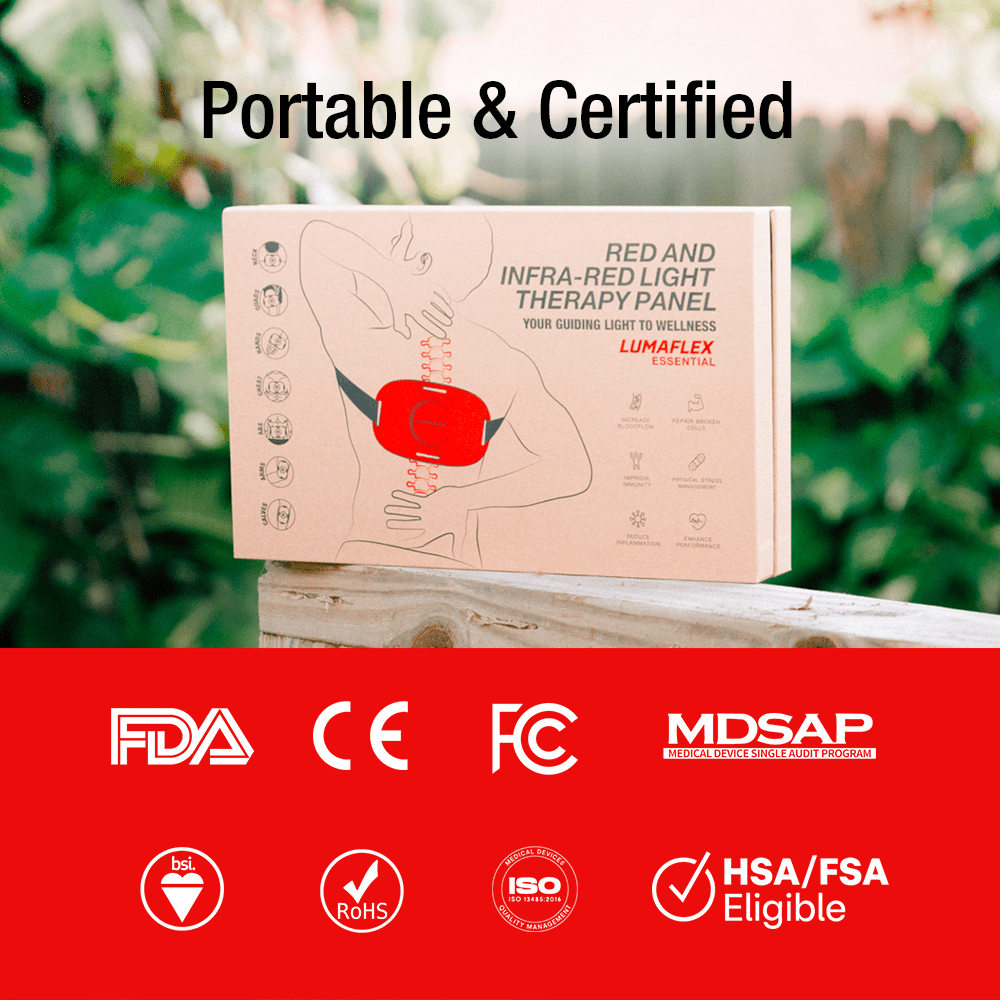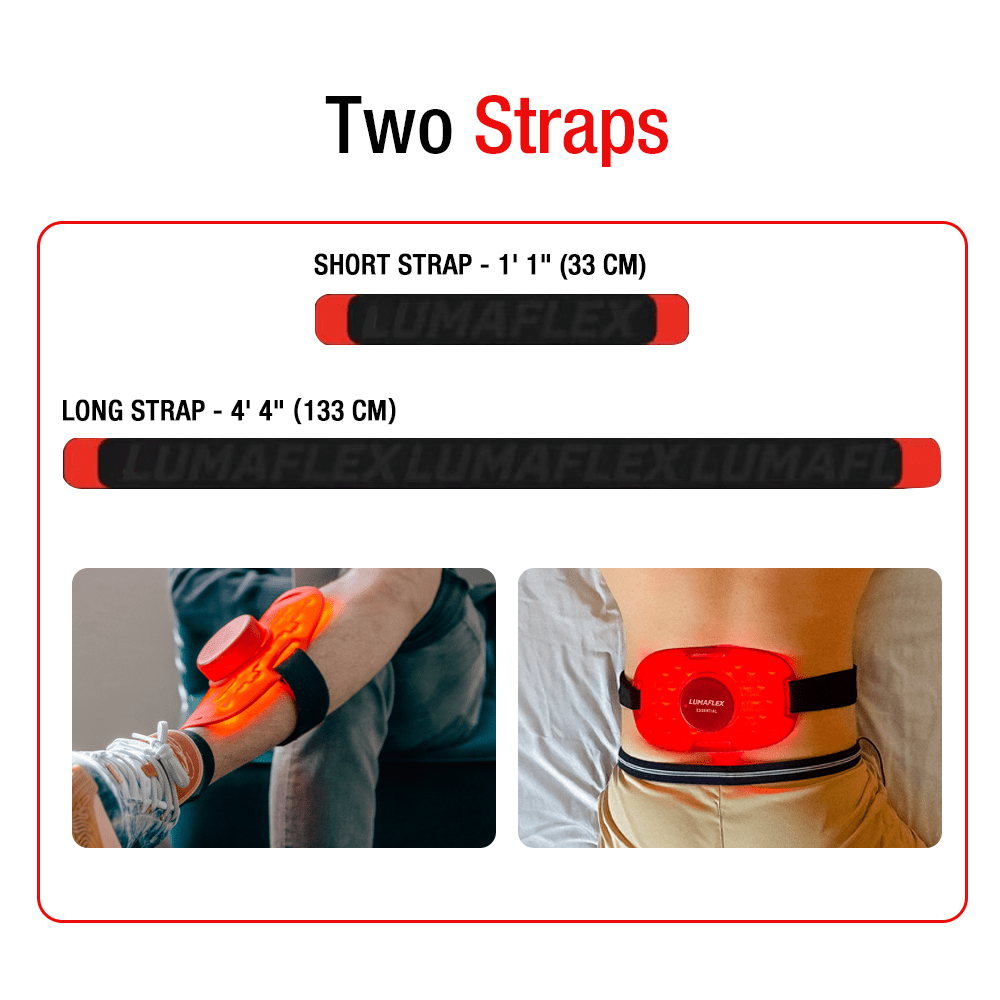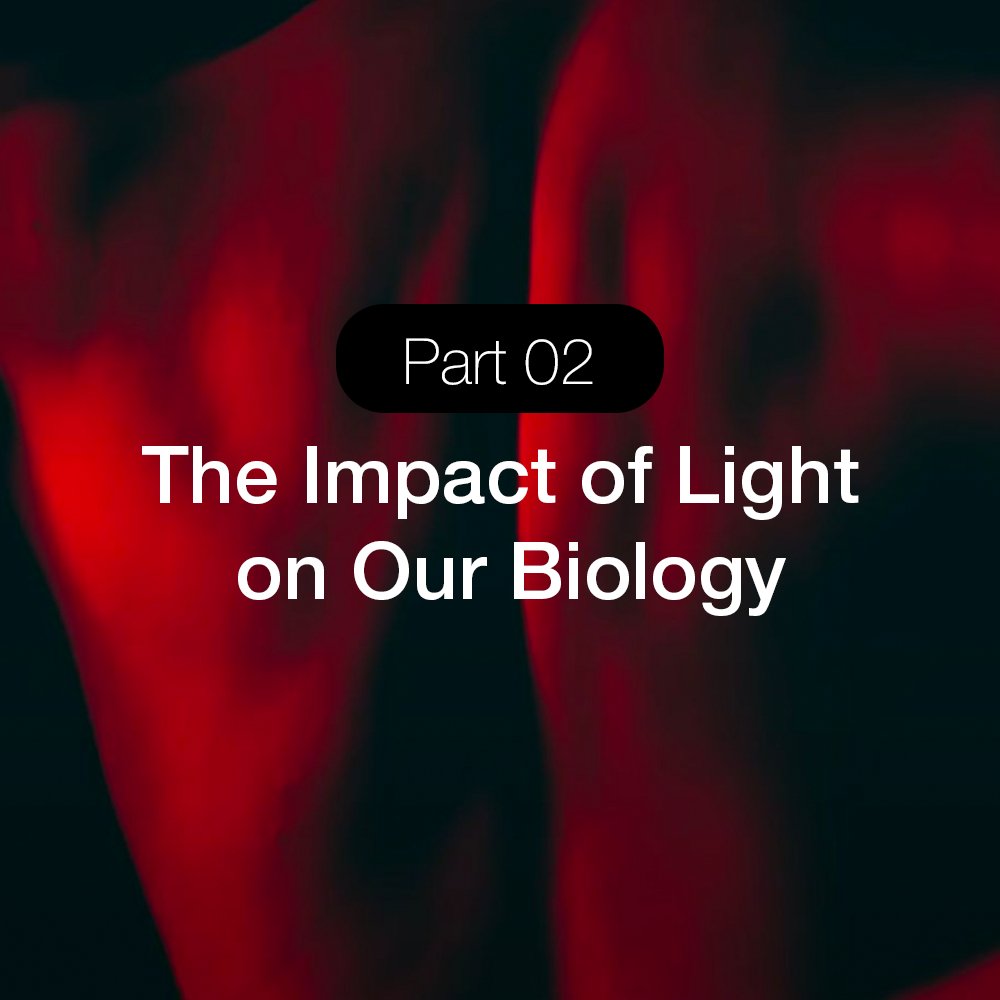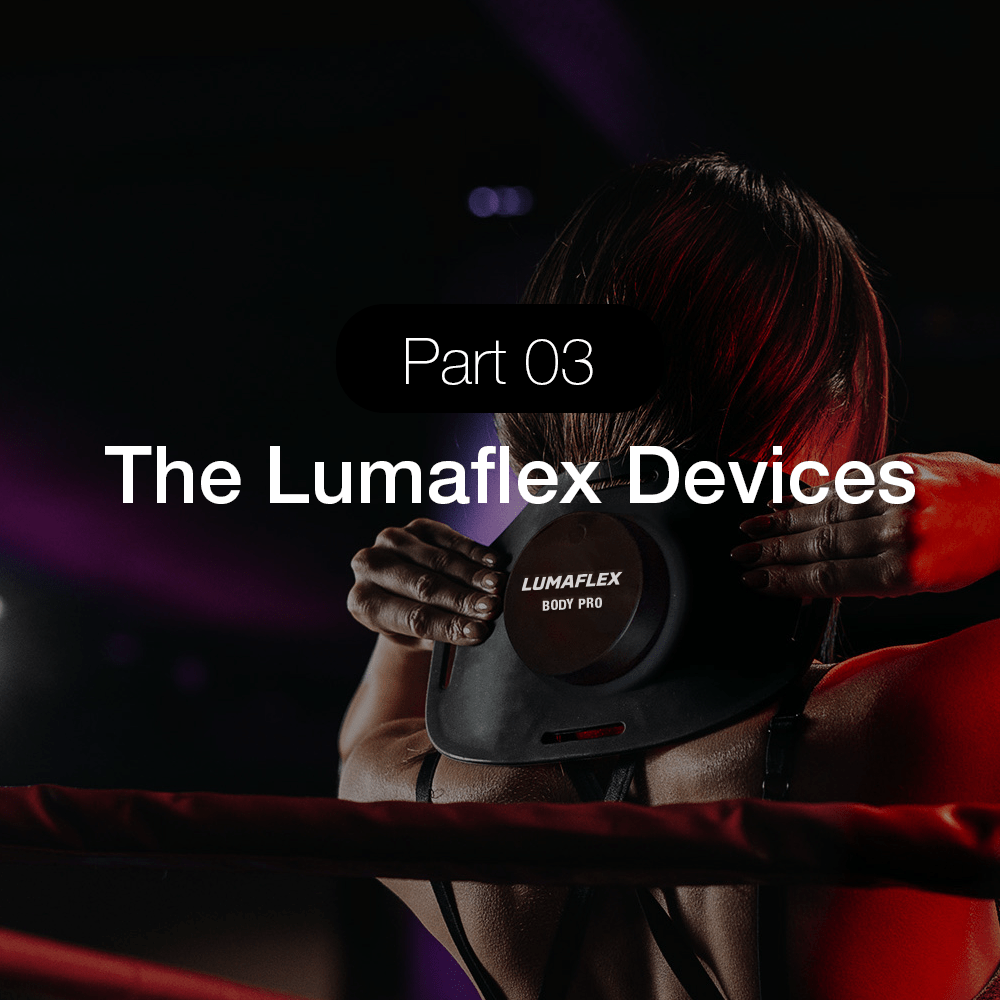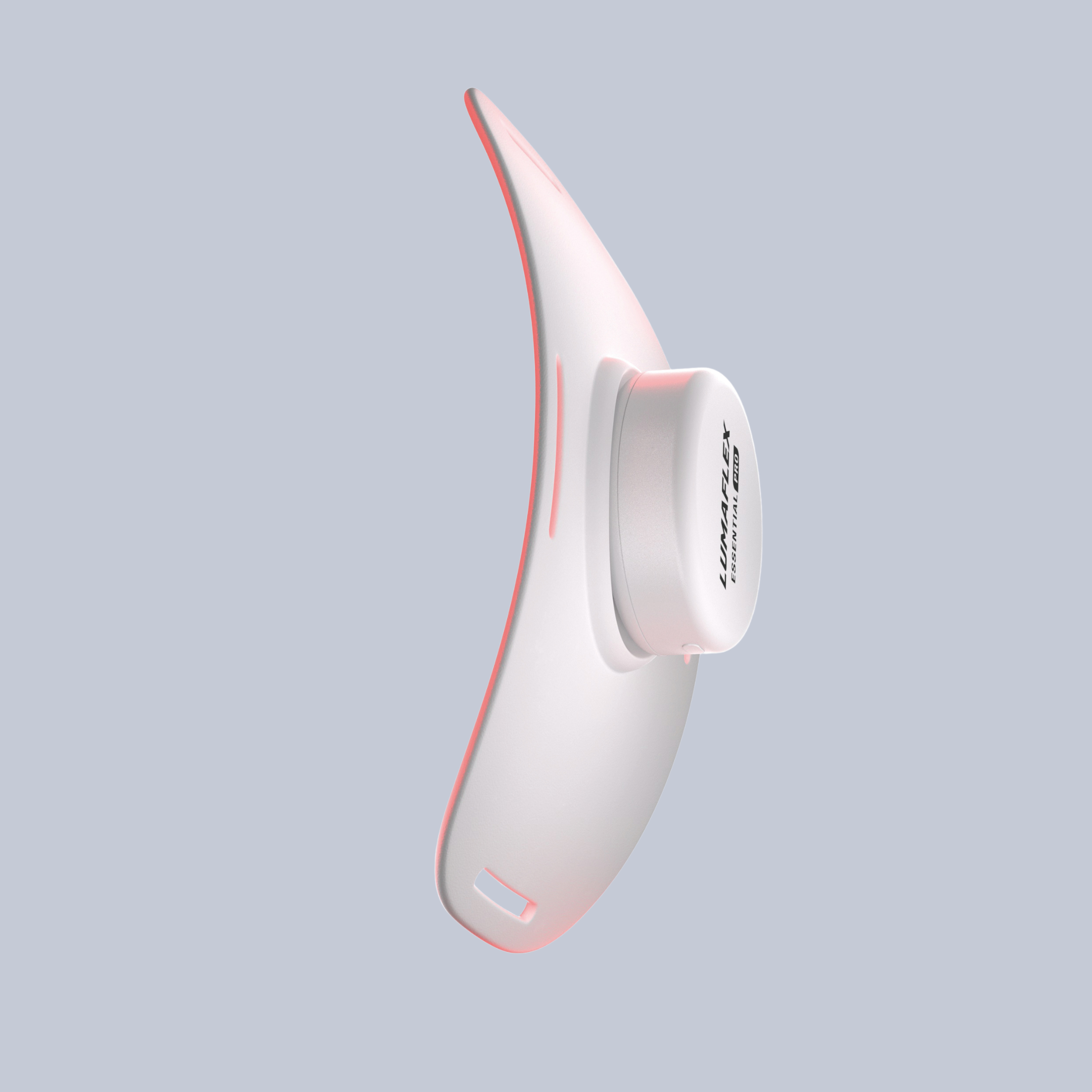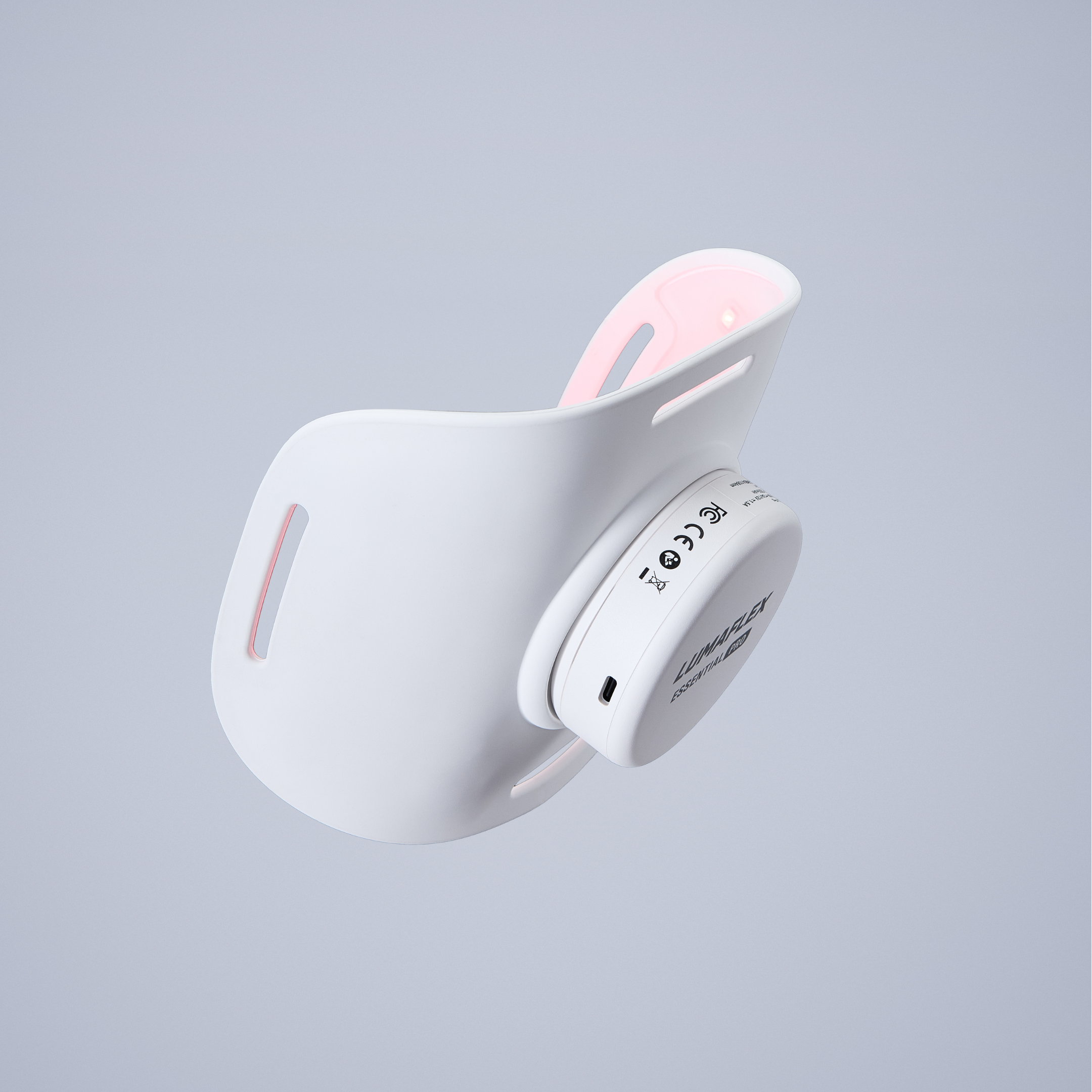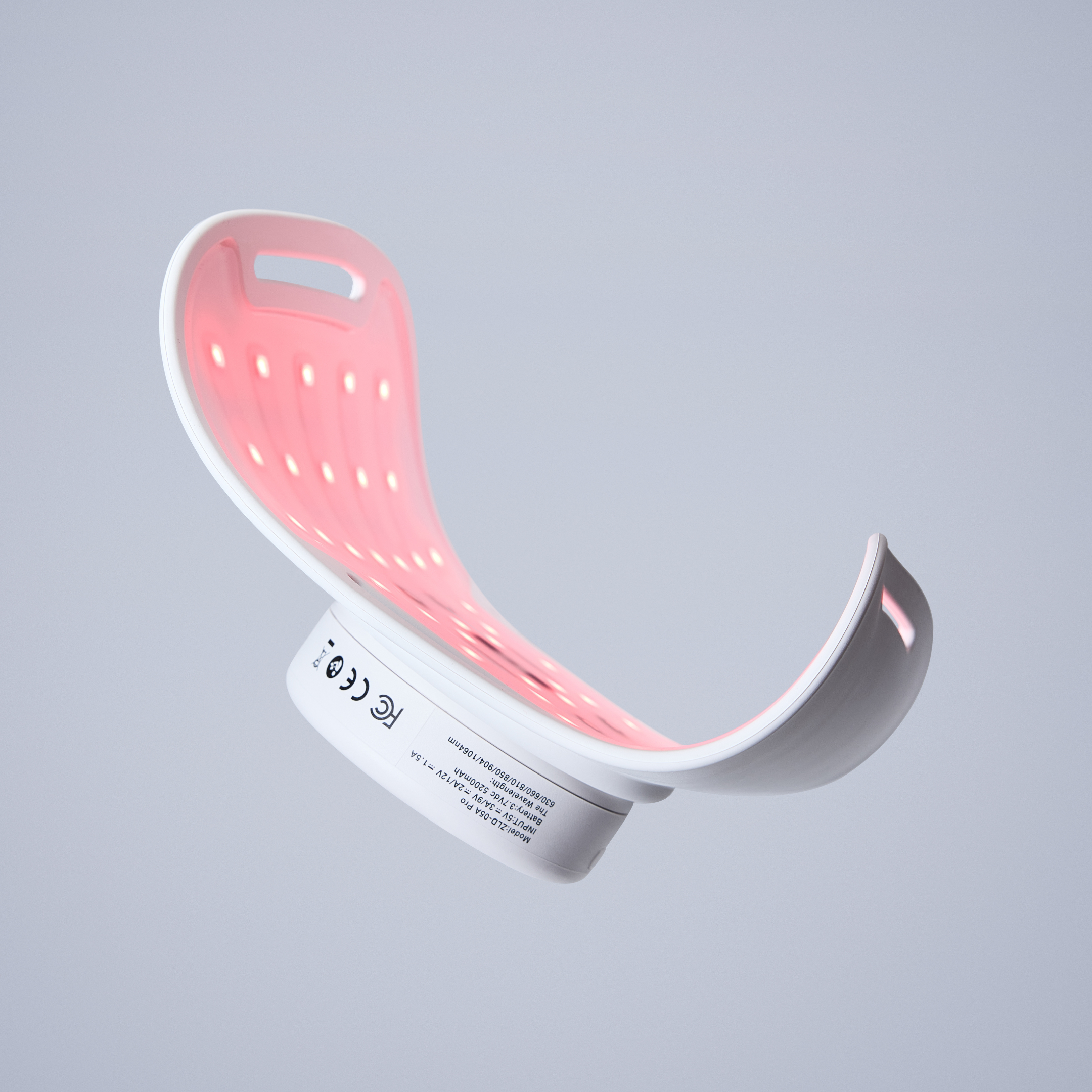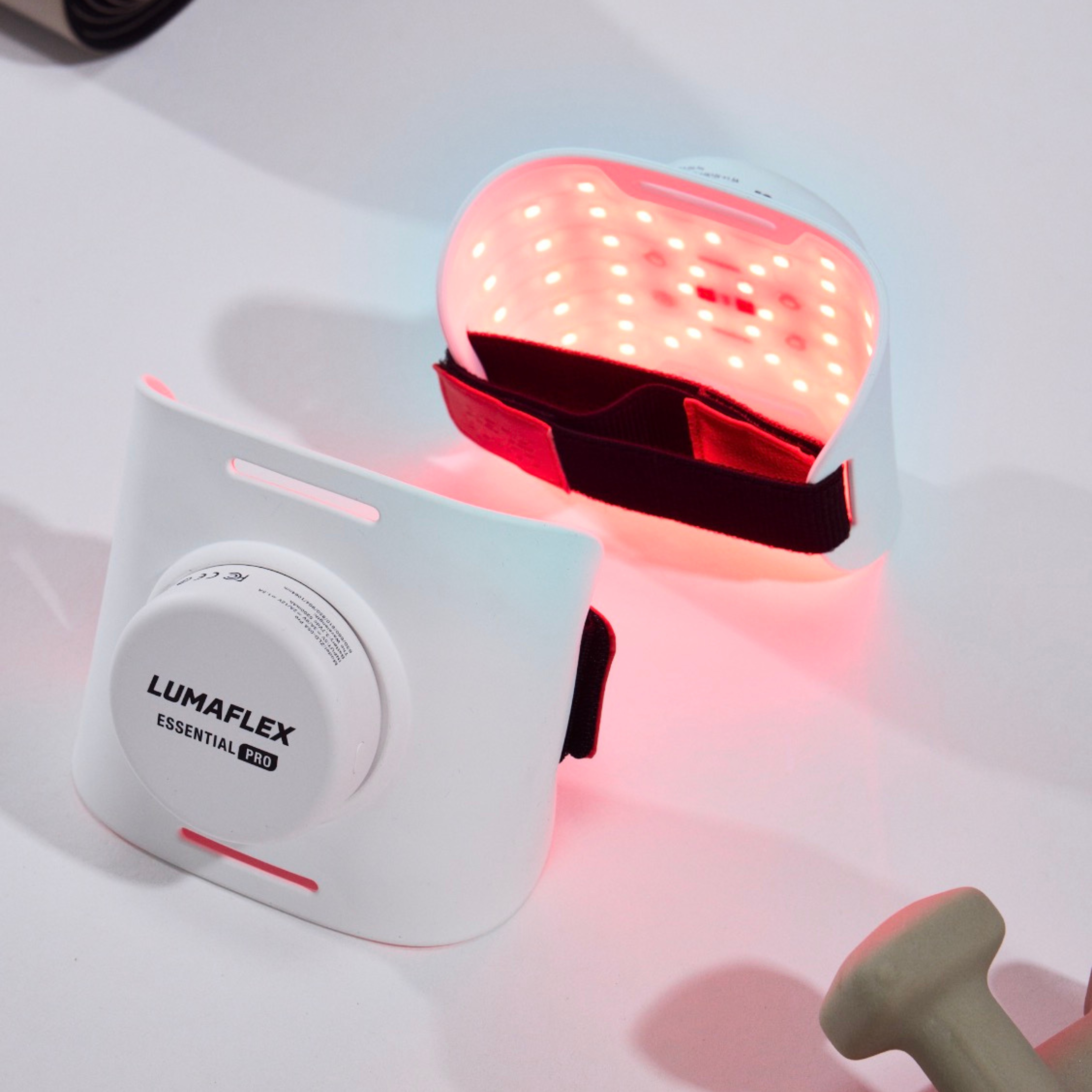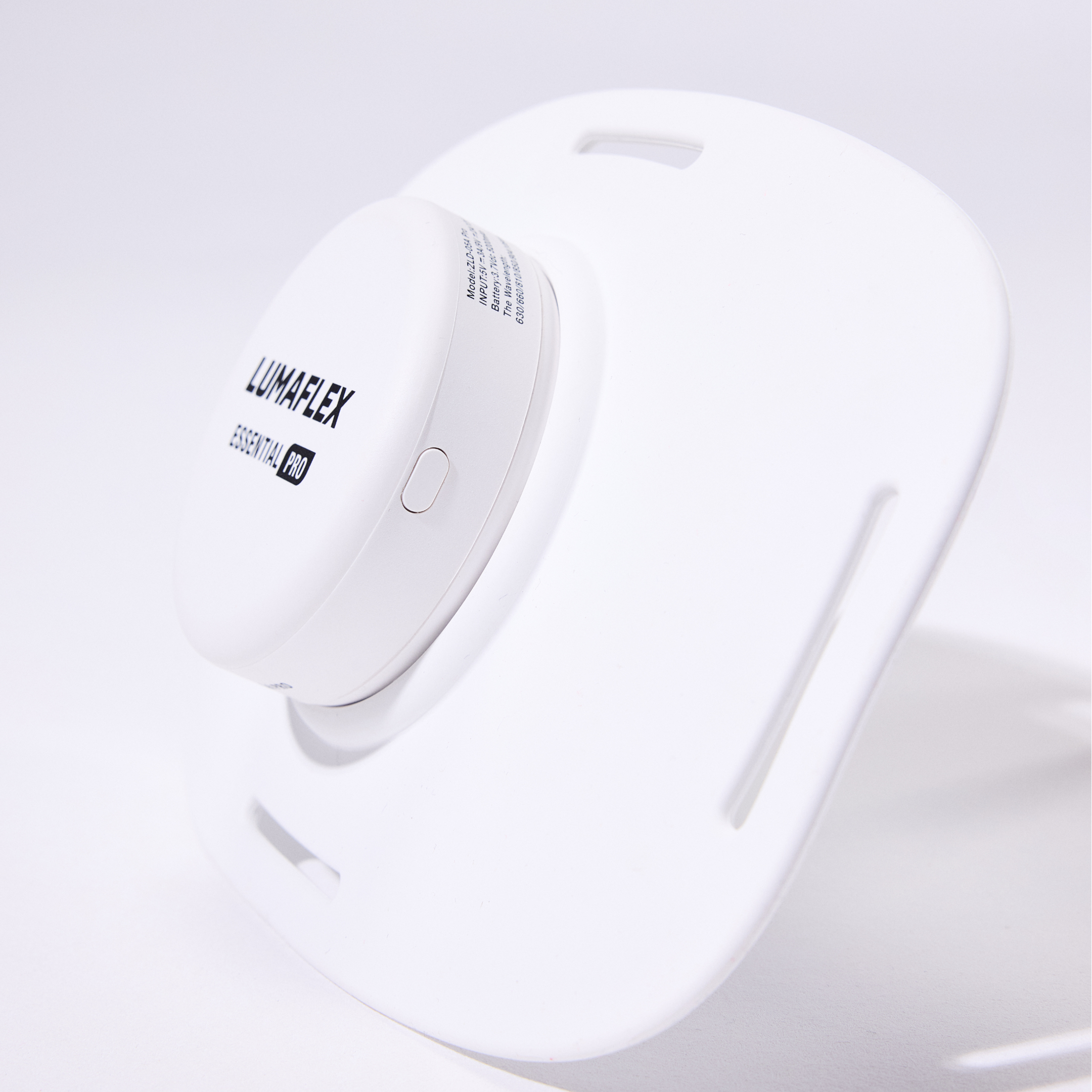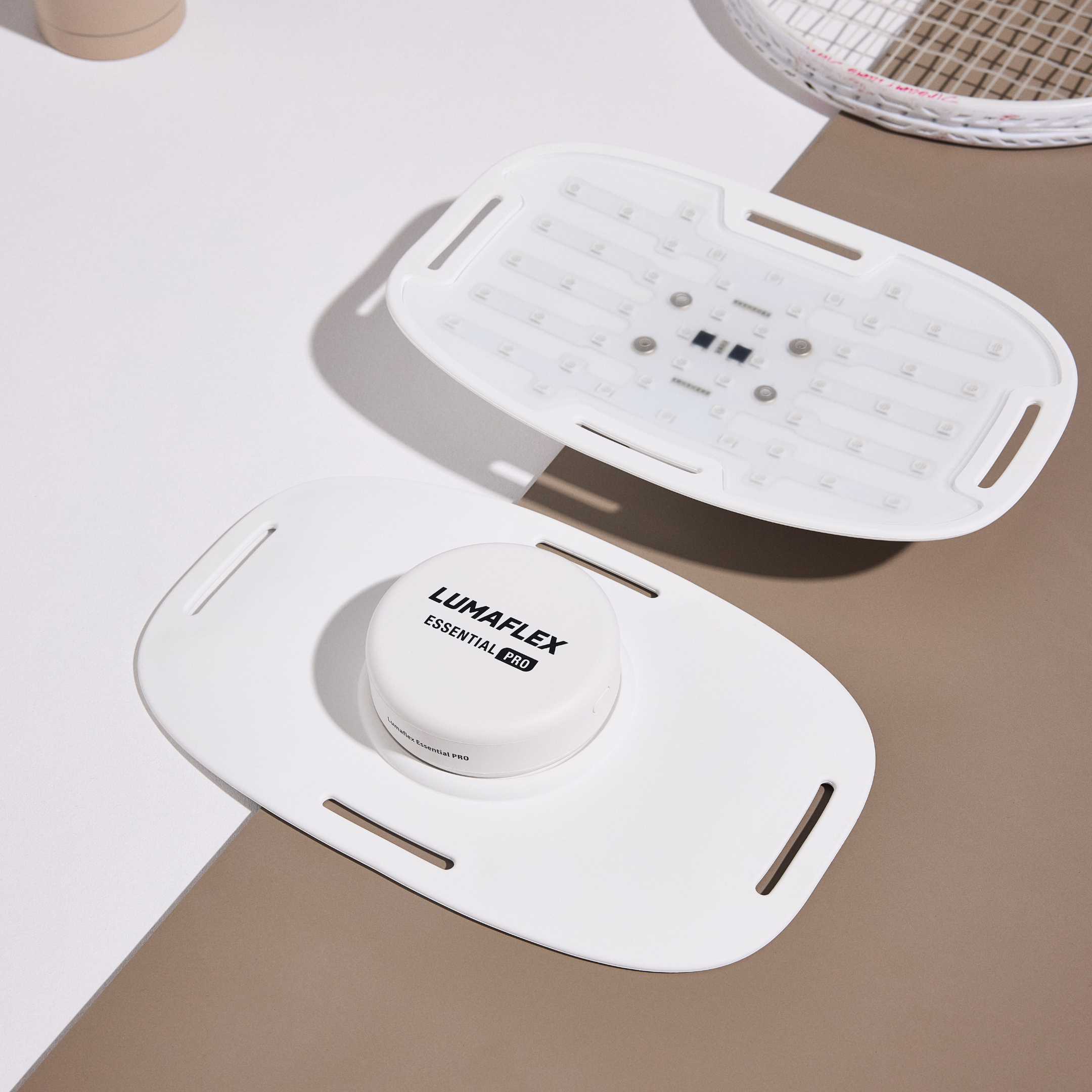630nm vs 850nm: Red and Near-Infrared Light Compared
Introduction
You may have noticed red light therapy devices reference a wavelength of 630nm vs 850nm, and wondered what that means. These numbers are not just technical jargon, rather, they indicate how deeply light energy penetrates into your body, thereby supporting the body to recover, repair, and regenerate.
In its simplest terms, 630nm means visible red light working on the surface of the skin; and 850nm denotes near-infrared light penetrating deeper into the tissues, such as muscle and joint and into the bones. Collectively, these numbers contribute to the basis of photobiomodulation, which is a natural process of using light to improve human performance and healing.
At Lumaflex, we build every device with both 630 and 850nm wavelengths, because the truth of recovery happens at all levels of the body. If your desire is smoother skin, faster recovery of muscles, or even long-lasting pain relief, using a dual wavelength red light device means that you are receiving complete and balanced results.
In this guide, you will come to clearly understand what makes each wavelength special, how they work together, and why Lumaflex dual wavelength technology is the smarter, more researched, evidence based style of red light therapy.
What Do ‘nm’ and Wavelengths Mean?
When reading about 630nm vs 850nm, the "nm" stands for nanometers, which is the unit of measuring a light's wavelength. Each wavelength of light has its energy at a different depth and intensity. This ultimately determines how it interacts with human tissue.
Both red and near-infrared light are within the therapeutic window of the light spectrum, that is, between 600 and 900 nanometers. This therapeutic window is important because of its ability to traverse through skin safely while stimulating biological processes that help aid in recovery and regeneration.
Here is the difference regarding visibility and depth:
- 630nm (Red Light): This light is visible red glow which works on surface layers of the skin and helps stimulate cellular energy.
-
850nm (Near-Infrared Light): This light is unable to be seen with the naked eye and penetrates deeper to muscles, joints, and connective tissues.
Each one of our Lumaflex devices is designed to deliver this specific dual-light spectrum. Our Lumaflex panels and Lumaflex wearable flexible devices all emit clinically proven light wavelengths between 630nm and 850nm. This way, both surface level and deep-tissue benefits are activated through each therapy session.
For users who want to learn more about how light interacts with cells and tissues, the Lumaflex Academy offers in-depth courses on wavelength science and photobiomodulation.
Explore wavelength science and certified training programs at the Lumaflex Academy.
630nm: The Power of Visible Red Light
The 630nm wavelength sits right in the middle of that familiar red light range. Think 620 to 670 nanometers. This is the deep, warm red glow you see during a red light therapy session, and honestly, it just looks like it’s good for you. People link this color right away with healing and renewal.
Here’s what actually happens: 630nm light goes to work on the surface of your skin and the tissue just underneath. It kicks off a process called photobiomodulation. When this red light hits your skin, it jump-starts your cells’ mitochondria. The little powerhouses inside every cell. They start cranking out more ATP, which is basically the energy currency your cells use. With more energy on hand, your body gets better at repairing itself. You’ll see benefits like more collagen and better blood flow.
Here’s what 630nm light is best known for:
- Skin rejuvenation: Boosts collagen and elastin, helping reduce wrinkles and fine lines.
- Scar and acne reduction: Speeds up skin repair and helps balance oil production.
- Surface inflammation relief: Calms redness and irritation caused by minor damage or stress.
- Localized muscle recovery: Supports faster healing in small muscle groups, such as the jaw, shoulders, or hands.
The 630nm wavelength essentially targets what is observable and touchable on the surface. It improves texture, tone, and overall vitality of the skin and helps to get the body's natural recovery process going.
850nm: The Depth of Near-Infrared Light
The 850nm wavelength belongs to the near-infrared (NIR) range, positioned just beyond what the human eye can see. Unlike 630nm red light, which focuses on the surface of the skin, 850nm light reaches deeper layers such as muscles, joints, and even bone tissue.
Although invisible, this wavelength plays a crucial role in internal recovery. It increases circulation, enhances oxygen delivery, and supports mitochondrial function within deeper cells. These actions help reduce inflammation, accelerate muscle repair, and promote tissue regeneration from within.
Here is what the 850nm wavelength is best known for:
- Deep muscle recovery: Helps active individuals bounce back faster after physical activity.
- Joint pain and stiffness: Supports smoother movement and reduces chronic discomfort.
- Nerve repair: Encourages better cellular communication and aids in regeneration.
- Mental clarity and sleep support: Improves blood flow to the brain, which may enhance focus and regulate circadian rhythm.
While 630nm light primarily benefits the skin and surface tissues, 850nm works deeper in the body to build strength, energy, and resilience over time. When used together, both wavelengths create a complete recovery system for optimal performance and wellness.
630nm vs 850nm: The Key Differences
When comparing 630nm vs 850nm, it helps to understand that both wavelengths serve different yet complementary purposes in red light therapy. The 630nm red light focuses on the outer layers of the skin, while 850nm near-infrared light reaches deep into the body’s tissues. Together, they create a balanced therapy that supports both surface rejuvenation and internal recovery.
Below is a simple comparison table showing how the two wavelengths differ:
| Feature | 630nm (Red Light) | 850nm (Near-Infrared Light) |
| Visibility | Visible red glow | Invisible to the human eye |
| Penetration Depth | 2–5 mm (skin and surface tissues) | Up to 50 mm (muscles, joints, and bones) |
| Primary Effects | Boosts collagen, improves circulation, reduces surface inflammation | Enhances recovery, reduces pain, supports deep tissue and nerve repair |
| Best For | Skin rejuvenation, acne reduction, surface healing | Muscle recovery, joint pain relief, brain and energy support |
| Used in Lumaflex Devices | Yes | Yes |
The main takeaway is that one wavelength is not better than the other. Each has a unique function that contributes to your overall wellness. 630nm energizes and revitalizes the skin, while 850nm strengthens and repairs deeper structures in the body. When combined, they deliver a full-spectrum treatment that works both above and below the surface.
Why Lumaflex Uses Both Wavelengths
Many entry-level red light therapy devices focus on a single wavelength, often choosing either 630nm for visible results on the skin or 850nm for deeper recovery. While both have benefits, research shows that the most effective outcomes happen when these wavelengths are combined. That is why every Lumaflex device integrates both red and near-infrared light into its design.
This dual-wavelength system allows Lumaflex users to experience results that go beyond surface improvements. The 630nm wavelength supports skin health, circulation, and cellular repair near the surface, while the 850nm wavelength penetrates deeper to ease inflammation, relieve pain, and enhance energy production in muscles and joints.
Each Lumaflex product uses clinically tested LED arrays to distribute these wavelengths evenly, ensuring consistent exposure across every treatment area. The flexible, wearable design means you can target specific regions of the body while maintaining comfort and movement.
Lumaflex’s technology is also FDA-cleared and inspired by NASA’s photobiomodulation research, ensuring every session delivers measurable, science-backed benefits.
In simple terms, 630nm revitalizes your skin, and 850nm restores your strength. When combined in a Lumaflex device, they create a complete recovery and rejuvenation experience for daily use.
Why Lumaflex Uses Both Wavelengths
Many red light therapy devices use only one wavelength, often limiting the results to either surface or deep tissue effects. Lumaflex takes a different approach by combining 630nm and 850nm wavelengths to deliver benefits that reach multiple layers of the body. This dual action allows users to experience smoother skin, improved circulation, and faster recovery from soreness and fatigue.
The Lumaflex Essential Pro builds on this foundation with a next-generation design that includes six therapeutic wavelengths: 630nm, 660nm, 810nm, 850nm, 904nm, and 1064nm. Together, these cover a broad range of red and near-infrared light, delivering both surface and deep biological activation.
Each wavelength serves a unique function:
- 630nm supports surface-level healing and inflammation control.
- 660nm enhances collagen production, improving skin elasticity and tone.
- 810nm and 850nm penetrate deeply into muscles and joints for pain relief and tissue repair.
- 904nm and 1064nm target deep tissue recovery and cellular energy at the mitochondrial level.
These wavelengths work in harmony to supercharge the body’s natural repair system, providing:
- Professional-grade pain relief
- Deep tissue and joint recovery
- Maximum cellular energy boost
- Accelerated healing and muscle performance
- Comprehensive, full-spectrum restoration in just ten minutes per session
Lumaflex’s innovation continues with the upcoming Lumaflex Radiate Mask, designed specifically for facial rejuvenation and skin health. The mask features 630nm and 660nm wavelengths, both clinically validated for visible anti-aging effects.
- 630nm light focuses on improving skin sensitivity and supporting therapeutic repair.
- 660nm light stimulates collagen production, helping restore firmness and reduce fine lines.
Together, these wavelengths enhance skin texture, radiance, and elasticity, making the Radiate Mask an ideal choice for daily beauty and recovery routines.
Every Lumaflex device is built on NASA-inspired photobiomodulation research and FDA-cleared technology, ensuring safe, consistent, and effective red light therapy for users at all levels.
How Multi-Wavelength Light Therapy Delivers Results
When it comes to red light therapy wavelengths, using a mix of red and near-infrared light has been shown to produce stronger and more consistent outcomes than relying on a single band of light.
Each wavelength interacts with tissue at different depths. When combined, the effects multiply, supporting both surface-level repair and deep cellular recovery.
Clinical research and NASA-based studies have found that devices using both 630nm and 850nm wavelengths can:
- Improve mitochondrial activity and cellular energy production
- Accelerate recovery and reduce inflammation
- Stimulate collagen and improve skin tone
- Support muscle endurance and performance
This is why Lumaflex designs its devices around dual and multi-wavelength systems, allowing light to reach every layer of the body, from skin cells to muscle fibers.
The newest generation of Lumaflex technology, including the Essential Pro, expands beyond traditional wavelengths with a full six-wavelength spectrum:
630nm, 660nm, 810nm, 850nm, 904nm, and 1064nm.
This combination supports:
- Professional-grade pain relief
- Deep tissue and joint recovery
- Enhanced muscle growth and performance
- Maximum cellular energy production
- Accelerated healing and all-around vitality
And coming soon, the Lumaflex Radiate Mask brings those same benefits to the face. Using 630nm and 660nm light, it helps improve skin elasticity, firmness, and tone while visibly reducing fine lines and sagging.
By layering these wavelengths together, Lumaflex devices create a complete light therapy experience that promotes recovery, rejuvenation, and long-term cellular balance. All in as little as 10 minutes per session.
How to Use 630nm vs 850nm Light Together
The way you use 630nm vs 850nm light determines how effective your results will be. Each wavelength reaches a different depth, so using both gives your body a complete treatment.
To get the best outcome, focus on steady use rather than long or irregular sessions.
Recommended routine:
- Session time: 10–15 minutes per area
- Frequency: 3–5 times a week
- Distance: 6–12 inches from the skin
- Timing: Mornings for recovery or energy, evenings for pain relief or relaxation
All Lumaflex devices deliver both 630nm red light and 850nm near-infrared light in one session. There’s no need to switch settings or alternate modes. This setup supports both surface and deep-tissue recovery at the same time.
The Lumaflex Essential Pro expands this even further, combining six therapeutic wavelengths from 630nm to 1064nm. This range promotes better muscle repair, pain relief, and cellular recovery within a single, easy routine.
Consistency makes the difference. Regular short sessions lead to smoother skin, faster recovery, and greater comfort over time.

Choosing the Right Device
Finding the right red light therapy device comes down to what you want to achieve and how you plan to use it. Whether your focus is skin rejuvenation, pain relief, or full-body recovery, Lumaflex offers devices that combine both 630nm and 850nm wavelengths, and in some cases, an extended spectrum for deeper therapeutic effects. Each model is FDA-cleared, wearable, and designed to make light therapy effortless at home or on the move.
Lumaflex Essential
The Lumaflex Essential delivers dual light power at 630nm red light and 850nm near-infrared light, the foundation for effective photobiomodulation. This compact, flexible panel helps manage pain, boost circulation, and support skin repair. It’s perfect for everyday use, targeting smaller areas like the back, joints, or neck.
With natural, non-invasive healing, users can expect less discomfort, better recovery, and improved energy. All in quick, 10-minute sessions.
Best for: Beginners, general wellness, and localized pain relief.
Explore the Lumaflex Essential for simple, science-backed recovery.
Lumaflex Essential Pro
For those who want advanced recovery power, the Lumaflex Essential Pro takes things further. It combines six therapeutic wavelengths: 630nm, 660nm, 810nm, 850nm, 904nm, and 1064nm to target multiple tissue depths at once. The result is a full-spectrum approach that supports deep tissue recovery, cellular energy production, and pain management at a professional level.
Its higher total power output delivers faster results, while the sweatproof design makes it ideal for athletes or wellness enthusiasts who want consistent performance with clinical precision.
Best for: Athletes, professionals, and users seeking complete-spectrum therapy for muscles and joints.
Unlock professional-grade recovery with the Lumaflex Essential Pro.
Lumaflex Body Pro
When your goal is total-body recovery, the Lumaflex Body Pro is the ideal choice. Using 630nm red light and 850nm near-infrared light, this device offers broad coverage for large muscle groups, helping relieve back pain, enhance blood flow, and speed up recovery after workouts.
It connects with an app for easy session control and is completely waterproof, making it as practical as it is powerful. Designed for consistent 10-minute treatments, the Body Pro brings deep red and near-infrared therapy to a full-body level.
Best for: Athletes, active users, and anyone managing recurring muscle or joint pain.
Experience full-body recovery with the Lumaflex Body Pro.
Lumaflex Radiate Mask (Coming Soon)
The upcoming Lumaflex Radiate Mask focuses on advanced skin rejuvenation and facial recovery. It uses 630nm and 660nm wavelengths, which are proven to boost collagen, restore elasticity, and reduce fine lines. With adjustable pulsed frequency (10–30Hz) settings, users can tailor their sessions for optimal skin comfort and results.
This flexible, silicone-based mask ensures even coverage around the face; ideal for improving tone and texture without irritation.
Best for: Skincare enthusiasts and those focused on facial rejuvenation and scar recovery.
Get ready to glow with the upcoming Lumaflex Radiate Mask.
Each Lumaflex device is built on the same scientific foundation. Red light for surface healing and near-infrared light for deeper restoration. The difference lies in coverage, wavelength range, and power output. No matter your wellness goal, Lumaflex ensures the right wavelength combination to help your body recharge, recover, and perform at its best.
Lumaflex Device Comparison Table
| Device | Wavelengths Used | Best For | Key Benefits | Session Duration | Special Features |
| Lumaflex Essential | 630nm (Red) + 850nm (Near-Infrared) | Beginners, localized pain, general wellness | Pain relief, improved circulation, skin recovery | 10 minutes | Flexible, portable, sweatproof, FDA-cleared |
| Lumaflex Essential Pro | 630nm + 660nm + 810nm + 850nm + 904nm + 1064nm | Athletes, professionals, full-spectrum recovery | Deep tissue healing, muscle growth, maximum energy boost | 10 minutes | 6-wavelength full-spectrum technology, FDA-cleared, sweatproof |
| Lumaflex Body Pro | 630nm (Red) + 850nm (Near-Infrared) | Full-body use, sports recovery, chronic pain | Deep muscle recovery, joint pain relief, enhanced endurance | 10 minutes | App-controlled, waterproof (IP67), portable with spare battery |
| Lumaflex Radiate Mask (Coming Soon) | 630nm + 660nm | Facial rejuvenation, scar reduction, anti-aging | Collagen stimulation, improved elasticity, smoother skin | 10 minutes | Adjustable pulsed frequency (10–30Hz), flexible silicone fit, FDA-cleared |
Whether you’re treating deep muscle soreness or restoring skin vitality, Lumaflex has a wavelength combination tailored to your needs. Each device merges red and near-infrared light therapy to target different tissue depths for complete rejuvenation, from surface repair to core recovery.
FAQ: Common Questions About 630nm vs 850nm
Is 630nm enough for red light therapy?
The 630nm wavelength is effective for surface-level treatments. It supports skin rejuvenation, collagen production, and wound healing by stimulating cells within the upper layers of the skin. However, while 630nm works well for cosmetic and shallow-tissue results, it does not penetrate deeply enough to reach muscles or joints. For full-body recovery, combining 630nm and 850nm wavelengths, like in Lumaflex devices delivers more complete results.
What is the difference between 630nm vs 850nm red light therapy?
The key difference between 630nm vs 850nm lies in depth and purpose.
630nm red light is visible and works on the skin’s surface, improving tone, reducing acne, and supporting cellular renewal.
850nm near-infrared light is invisible and penetrates deeper into muscles, joints, and nerves, promoting recovery and pain relief.
Devices like Lumaflex Body Pro and Essential Pro combine both to ensure full-spectrum healing—from skin health to deep tissue repair.
What is 850nm wavelength good for?
The 850nm wavelength is part of the near-infrared (NIR) spectrum, known for its deep penetration and cellular repair benefits. It enhances circulation, reduces inflammation, and supports muscle and joint recovery. Studies show that NIR light improves mitochondrial energy production, which can boost endurance, focus, and recovery. Lumaflex integrates 850nm light in all its models to help the body recover faster and perform better.
What is the best nanometer for red light therapy?
There isn’t one “best” nanometer—each wavelength targets different tissue depths. The 630nm and 660nm range is ideal for skin treatments and surface healing, while 810nm to 850nm wavelengths are better for deep-tissue recovery and pain relief. Lumaflex’s advanced Essential Pro model includes six wavelengths (630, 660, 810, 850, 904, and 1064nm) to cover the full spectrum of therapeutic benefits.
How many nm for red light therapy for wrinkles?
For wrinkle reduction and anti-aging, the most effective wavelengths are 630nm and 660nm. These red light frequencies penetrate the skin to stimulate collagen and elastin, helping to smooth fine lines and improve firmness. The upcoming Lumaflex Radiate Mask focuses specifically on these wavelengths to target visible aging signs safely and effectively.
Why Both 630nm vs 850nm Matter for Your Body
Both 630nm vs 850nm light play essential roles in red light therapy. The 630nm wavelength works on the skin’s surface, encouraging collagen renewal, improving tone, and reducing inflammation. The 850nm wavelength travels deeper into muscles and joints, supporting tissue repair, circulation, and cellular energy.
When combined, these wavelengths work across multiple layers of the body. That’s why Lumaflex integrates them into every device, from the Essential and Body Pro, to the advanced Essential Pro and upcoming Radiate Mask. Each product delivers precise, medical-grade wavelengths designed for total recovery, beauty, and performance.
Lumaflex’s technology is FDA-cleared, flexible, and built for real results. Whether your goal is smoother skin, faster healing, or deeper pain relief, the combination of red and near-infrared light gives you the most balanced, complete therapy available today.
Ready to experience the power of both wavelengths?
Shop Lumaflex devices to bring full-spectrum light therapy home, or explore deeper learning with our tracking tools and educational resources to get the most from every session.

